A PDF can be more than just a textual file. It can also include images and vector graphics. For such PDFs, rasterizing is helpful:
- If you want the PDF to display/print identically across different devices or tools.
- If you don't want others to edit your PDF content.
Rasterizing PDF is the process of converting PDF content from vector graphics to raster images. Now that many advanced PDF tools have emerged, it is easy to rasterize PDF files. Therefore, this guide will present a few effective methods to rasterize PDF effortlessly.
Part 1. 3 Ways to Easily Rasterize a PDF with UPDF
UPDF is an emerging AI-integrated PDF editor that offers a seamless way to rasterize a PDF. With UPDF, you get a modernized, click-based interface to rasterize a PDF in three ways, i.e.:
- You can convert a PDF to an image.
- You can flatten a PDF.
- You can print a PDF as an image.
All three methods will rasterize a PDF and make it a single-layer file that is compatible across devices.
Why use UPDF to rasterize a PDF is evident from its below set of features:
- Easy-to-use interface.
- 3 PDF rasterization functionalities: image, flatten, and print.
- Support rasterizing only selective PDF pages.
- Preserve PDF quality while rasterizing.
- Ultra-fast and accurate rasterizing.
- Compatible with Windows, Mac, iOS, and Android.
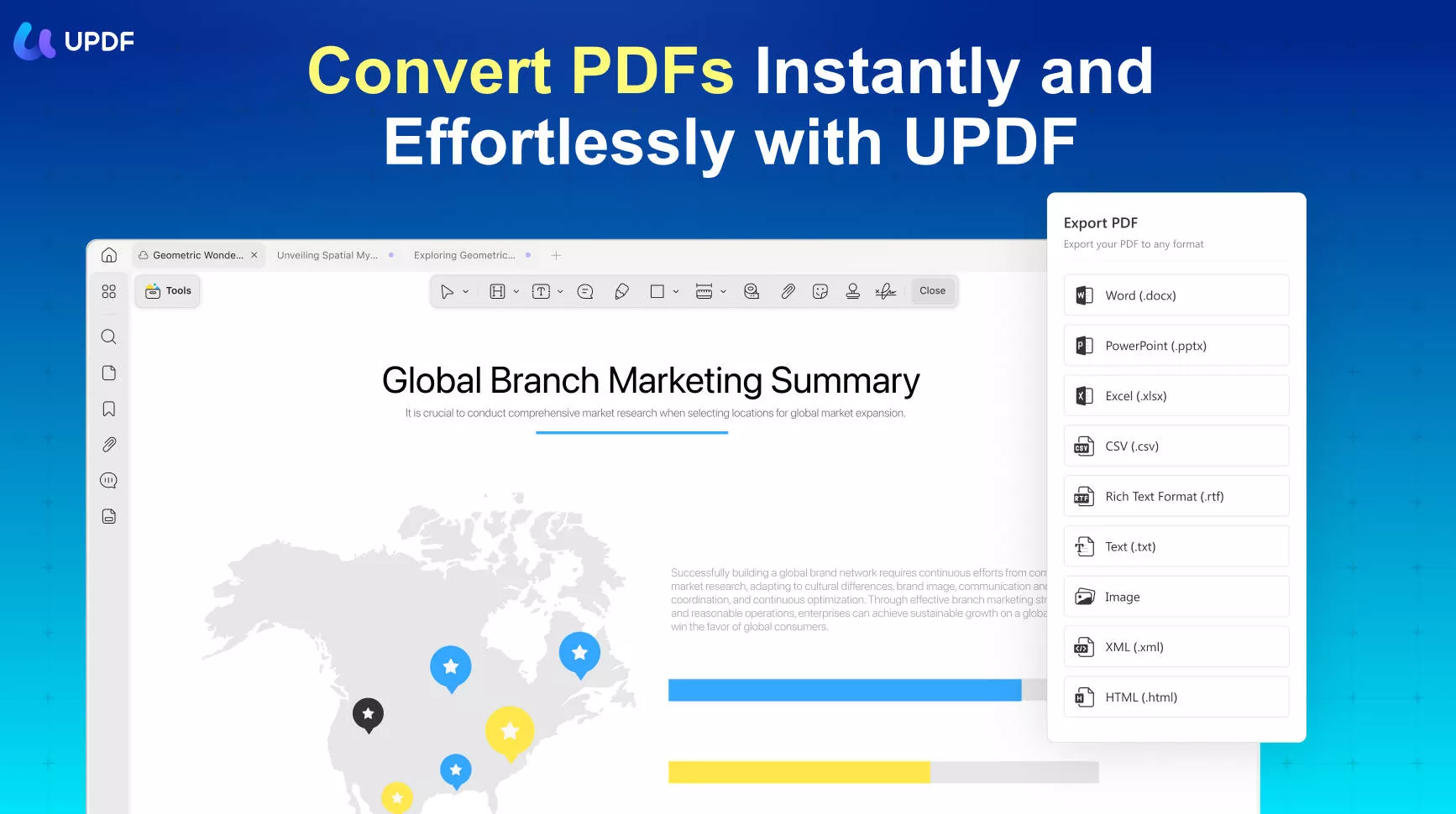
In short, UPDF offers a powerful yet simple way to rasterize a PDF. So, let's now closely look at how to rasterize a PDF using UPDF's three intuitive ways:
Method 1: Rasterize a PDF by Converting to an Image
Step 1. Install and launch UPDF on your Windows/Mac computer.
Download Button
Click the "Open File" button and select the PDF you want to rasterize. Alternatively, you can also drag and drop the PDF file.
Step 2. Click the "Tools" icon from the left sidebar and select "Image".
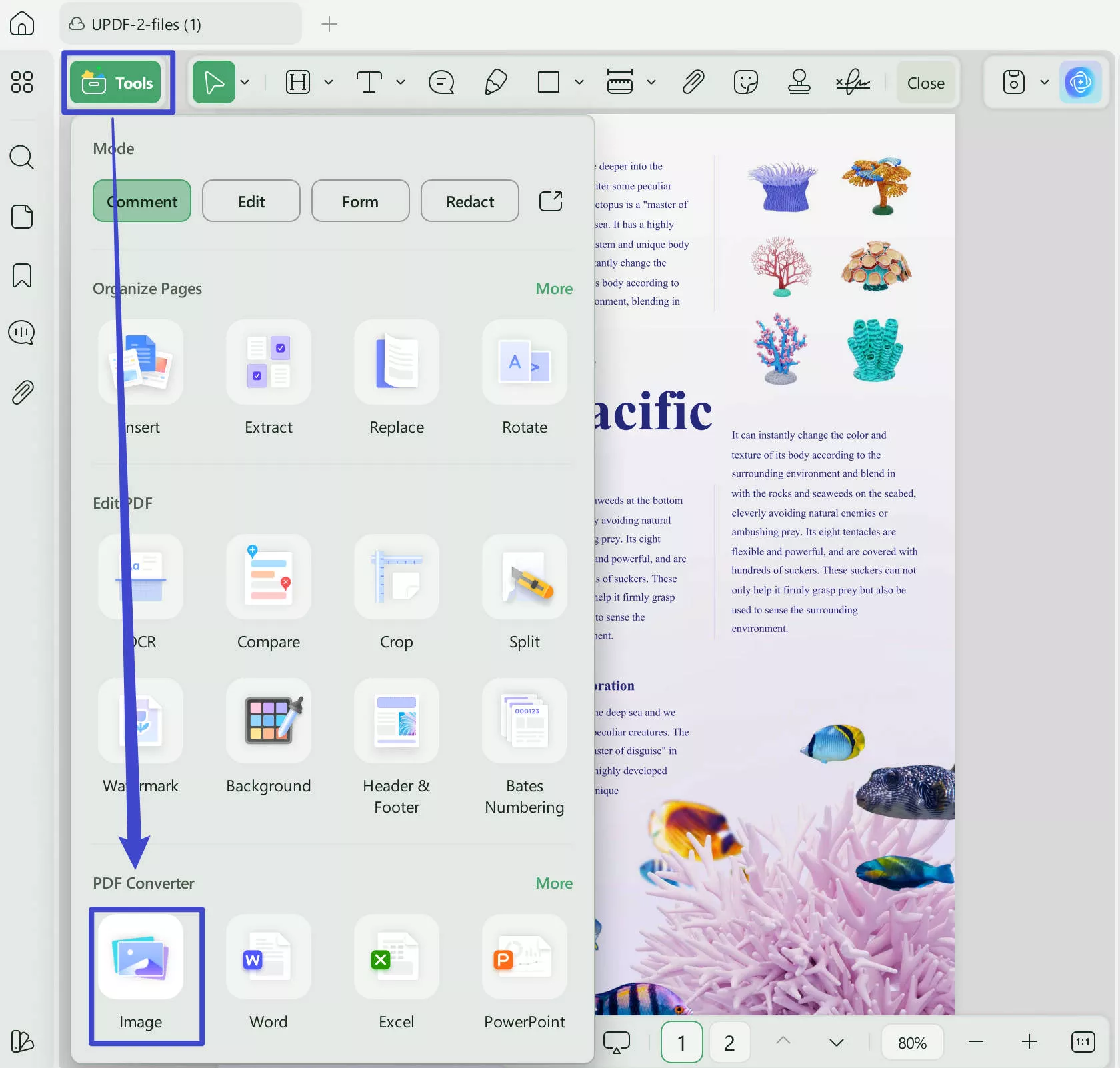
Step 3. Select the "JPEG" image format. Afterward, click "Apply" and specify the location on your computer where you want to save the image files.
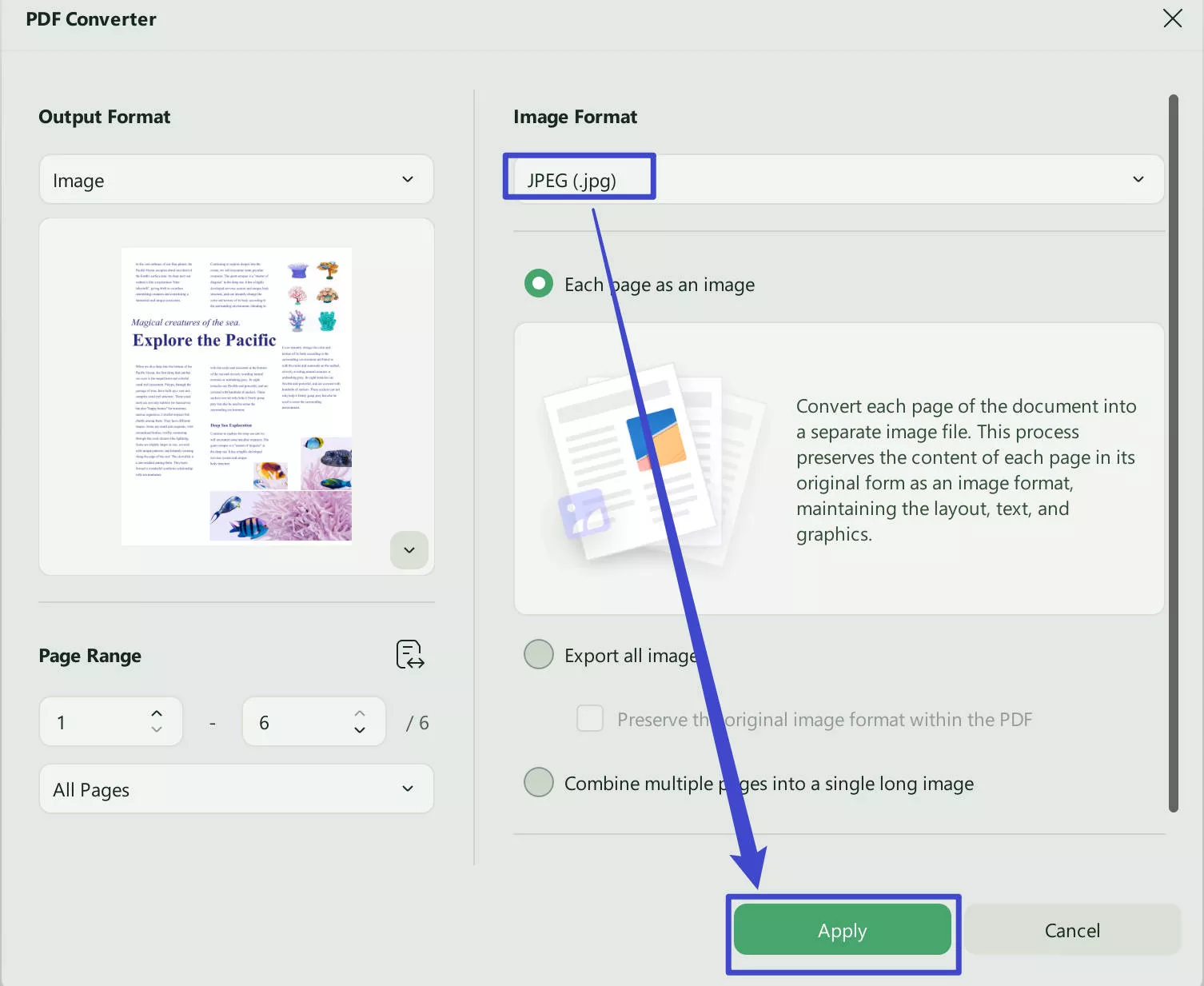
This way, UPDF will instantly rasterize a PDF and save it in the image format. You will get separate image files for each PDF page.
Method 2: Rasterize a PDF by Flattening
Step 1. Open the PDF with UPDF.
Step 2. Click the narrow next to save from the right sidebar and select "Save as Flatten…".
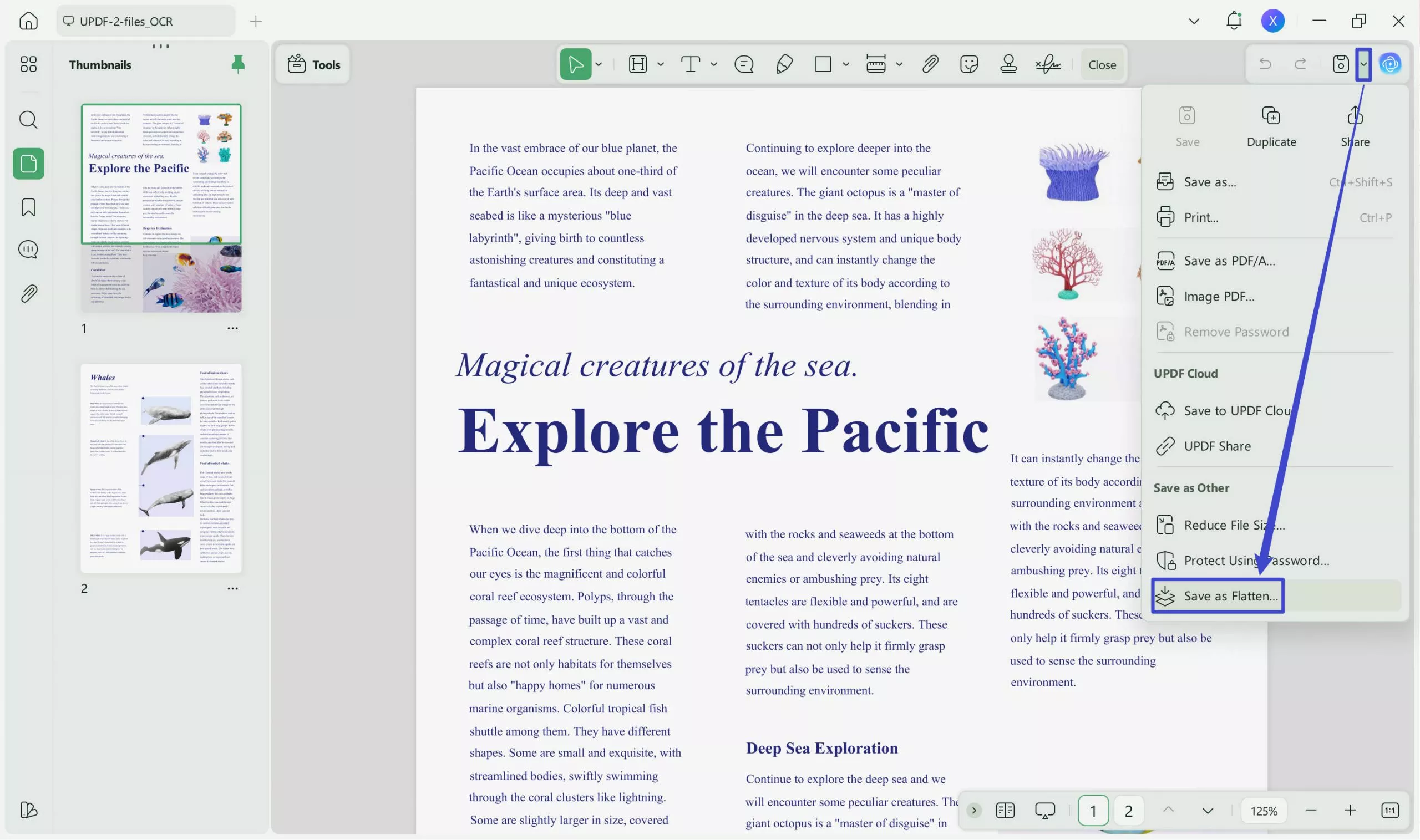
Step 3. The pop-up window will display three options. Choose the right options and click the "Save As" button.
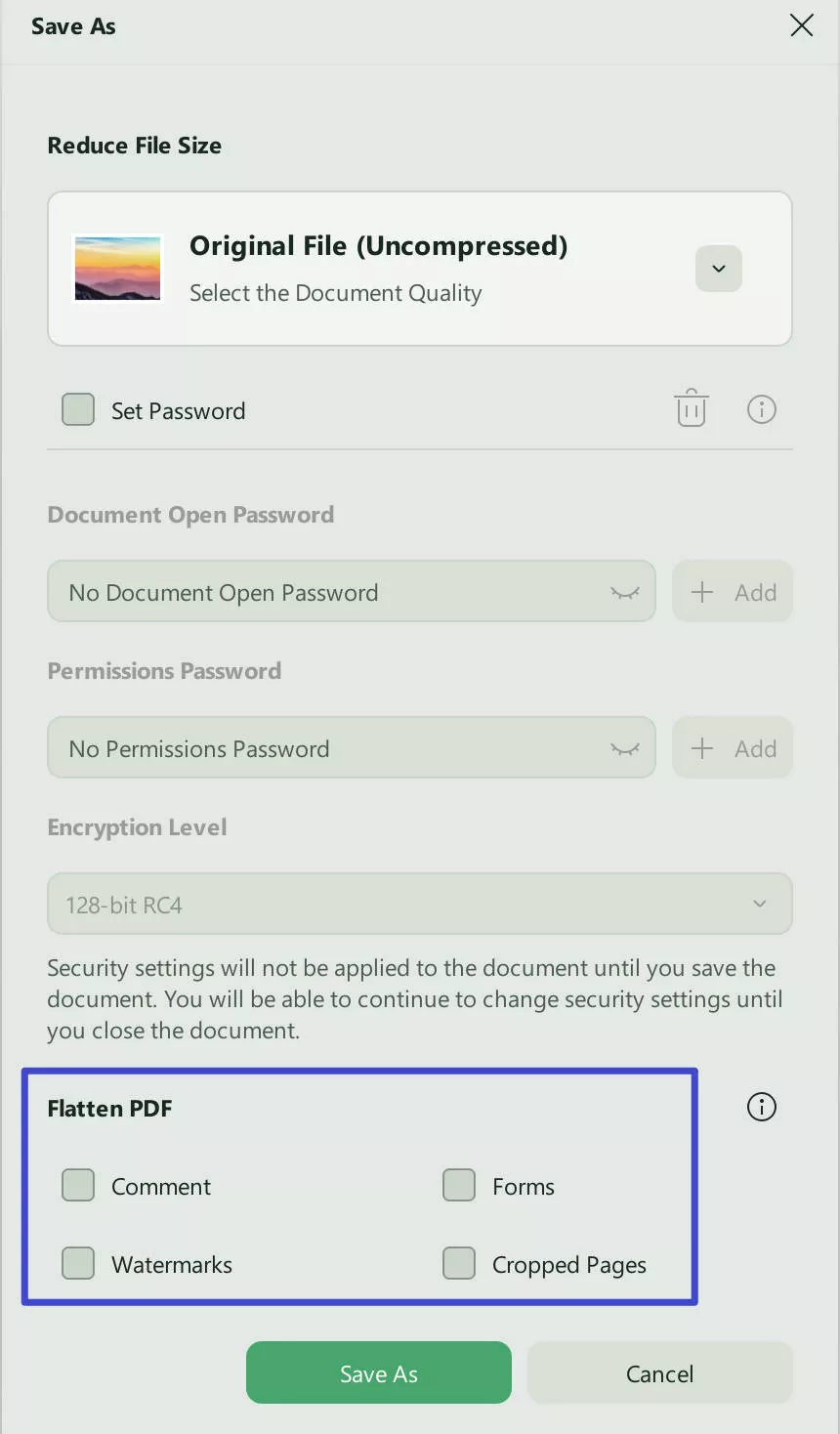
This way, the flattened feature of UPDF will rasterize a PDF effortlessly.
Method 3: Rasterize a PDF by Printing
Step 1. Open the PDF with UPDF.
Step 2. Click the narrow next to save > Print or press "Ctrl + P".
Step 3. Make sure the "Print As Image" checkbox is ticked. Customize the print settings and click "Print".
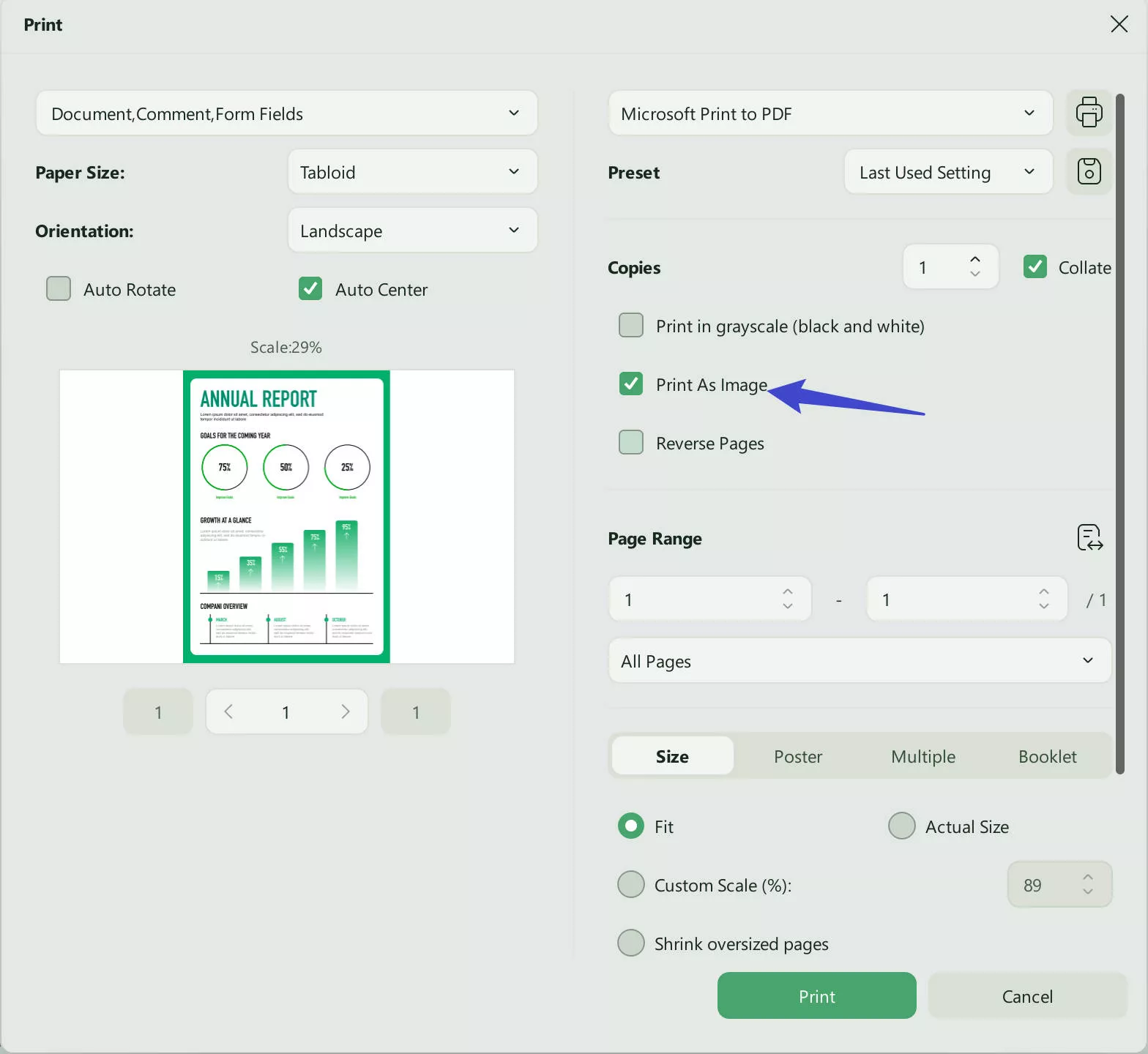
That's it! This way, you can easily and quickly rasterize a PDF with the intuitive interface of UPDF.
Feel impressed? Download UPDF right now and use any of the above three ways to rasterize a PDF without any hassle.
Windows • macOS • iOS • Android 100% secure
Part 2. How to Rasterize a PDF with Other Tools
Other than UPDF, you can also rasterize a PDF through a few other tools. Let's take Adobe Acrobat and Illustrator as examples and see how to rasterize a PDF using these two tools.
1. Rasterize a PDF with Adobe Acrobat
Adobe Acrobat is a well-known PDF toolkit that handles a wide range of PDF activities. You can also use it to rasterize a PDF. You can open a PDF with Adobe Acrobat and rasterize it by converting it into an image format. Here's how to perform Adobe rasterize PDF:
Step 1. Open the PDF with Adobe Acrobat.
Step 2. Click "Menu" from the top and tap "Save as".
Step 3. Click the "Convert to" drop-down menu from the pop-up window and select "JPEG" format and click "Save".
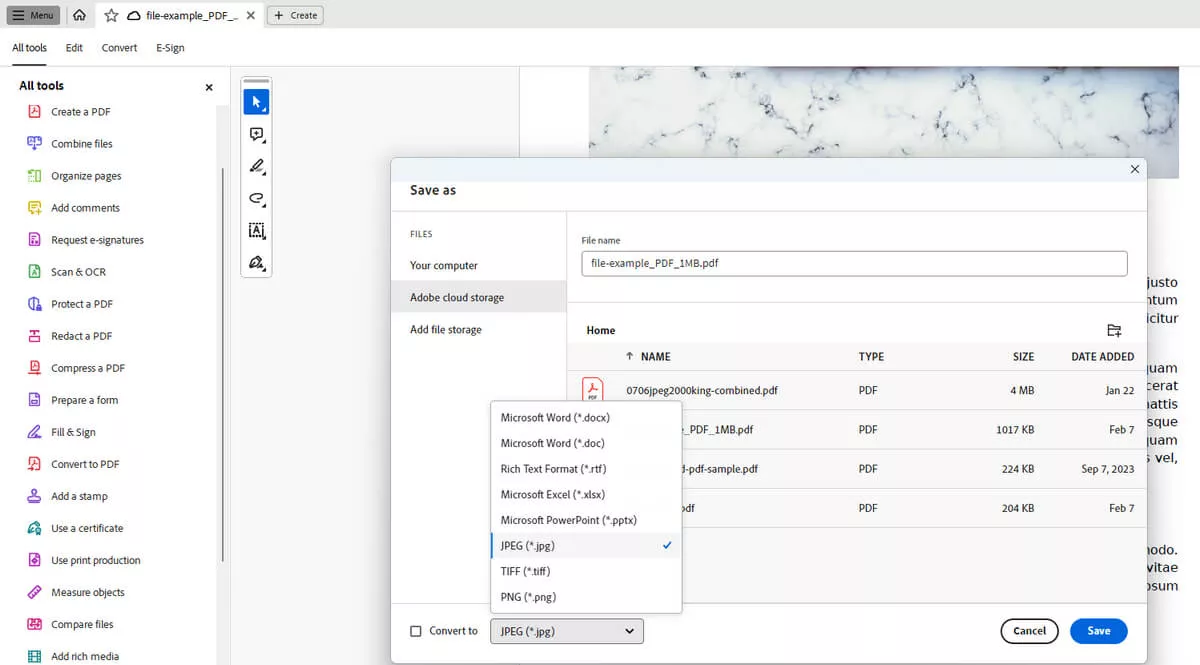
Image taken from: PDFgear
This way, Adobe Acrobat can help you rasterize PDF files conveniently.
2. Rasterize a PDF in Illustrator
Adobe Illustrator is a computer graphics application software for creating drawings, artwork, and illustrations. Although it seems best for graphic designs, you can also use Illustrator to rasterize PDF. It can turn vector elements from your PDF into raster images.
Follow the below steps to rasterize PDF with Adobe Illustrator:
Step 1. Install and run Adobe Illustrator on your computer (Windows/Mac). From the main dashboard, click File > New to create a blank project.
Step 2. Drag and drop the PDF into the Illustrator project.
Step 3. Using the Selection Tool (V), select all the PDF elements you intend to rasterize. You can even select all elements by clicking "Ctrl + A".
Step 4. Once the PDF elements are selected, click the "Object" tab from the top and tap "Flatten Transparency". In the pop-up window, tick the "Convert All Text to Outlines" checkbox and click "OK".
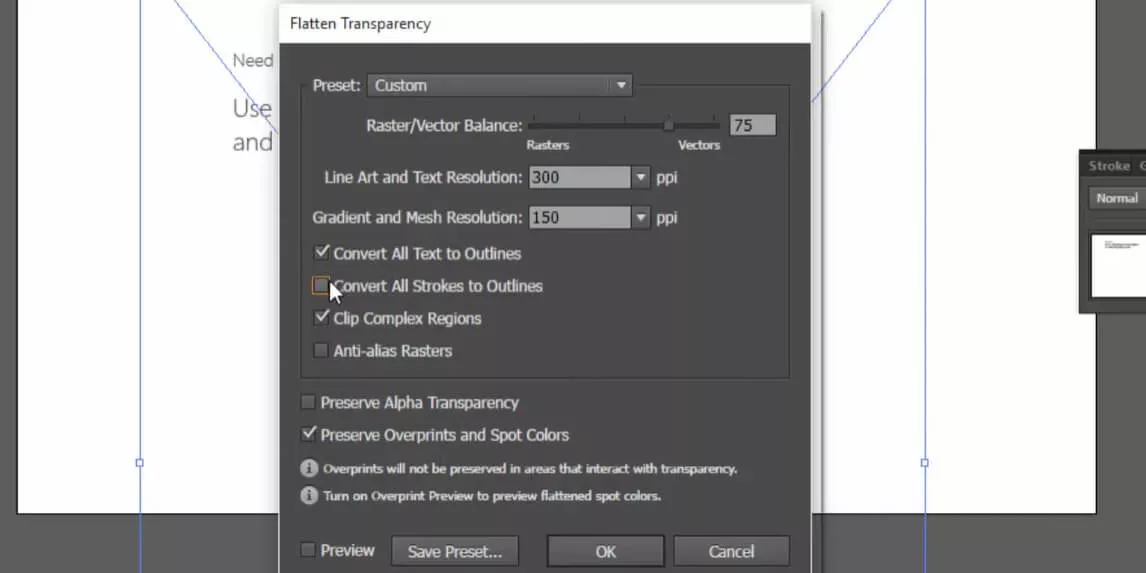
Step 5. Lastly, you have to save the file as an image. To do so, navigate to File > Export > Export As. Select your output image format.
This way, Illustrator offers another easy Adobe rasterize PDF approach for rasterizing PDF files.
Part 3. UPDF Is More Than a PDF Rasterization Tool: 12 Other Features of UPDF
UPDF capabilities are not just limited to rasterizing a PDF. As mentioned above, it is an AI-integrated PDF editor, which means that you can handle many other PDF activities with it. Here's is the list of all the other functionalities you can access with UPDF:
- Read PDF: It maximizes your PDF reading experience with multiple page scrolling and layout options and a light/dark mode.
- AI Assistant: It comes with a built-in PDF AI assistant that assists in consuming PDF content. It can summarize, explain, and translate PDF content or answer your questions within or beyond PDF scope.
- Edit PDF: It can edit PDF elements such as text, links, backgrounds, images, headers/footers, and others.
- Annotate PDF: It lets you highlight, strikethrough, mark, underline, squiggly line, add stamps/stickers/comments, or other annotations to PDFs.
- Convert PDF: It can convert a PDF to an image, HTML RTF, Word, Excel, PPT, TXT, and other formats.
- Compress PDF: It can shrink a PDF to reduce its file size.
- Protect PDF: It can secure a PDF by setting a password or redacting sensitive information.
- Batch PDF: It can process multiple PDFs at once to convert, combine, insert, encrypt, and print them.
- Fill PDF: It can help create or fill PDF fillable forms.
- OCR PDF: It can convert scanned or image-based PDFs into searchable and editable PDFs.
- Sign PDF: It helps to create and insert digital and electronic signatures.
- Cloud Storage: It offers encrypted cloud storage to store and access PDFs from anywhere.
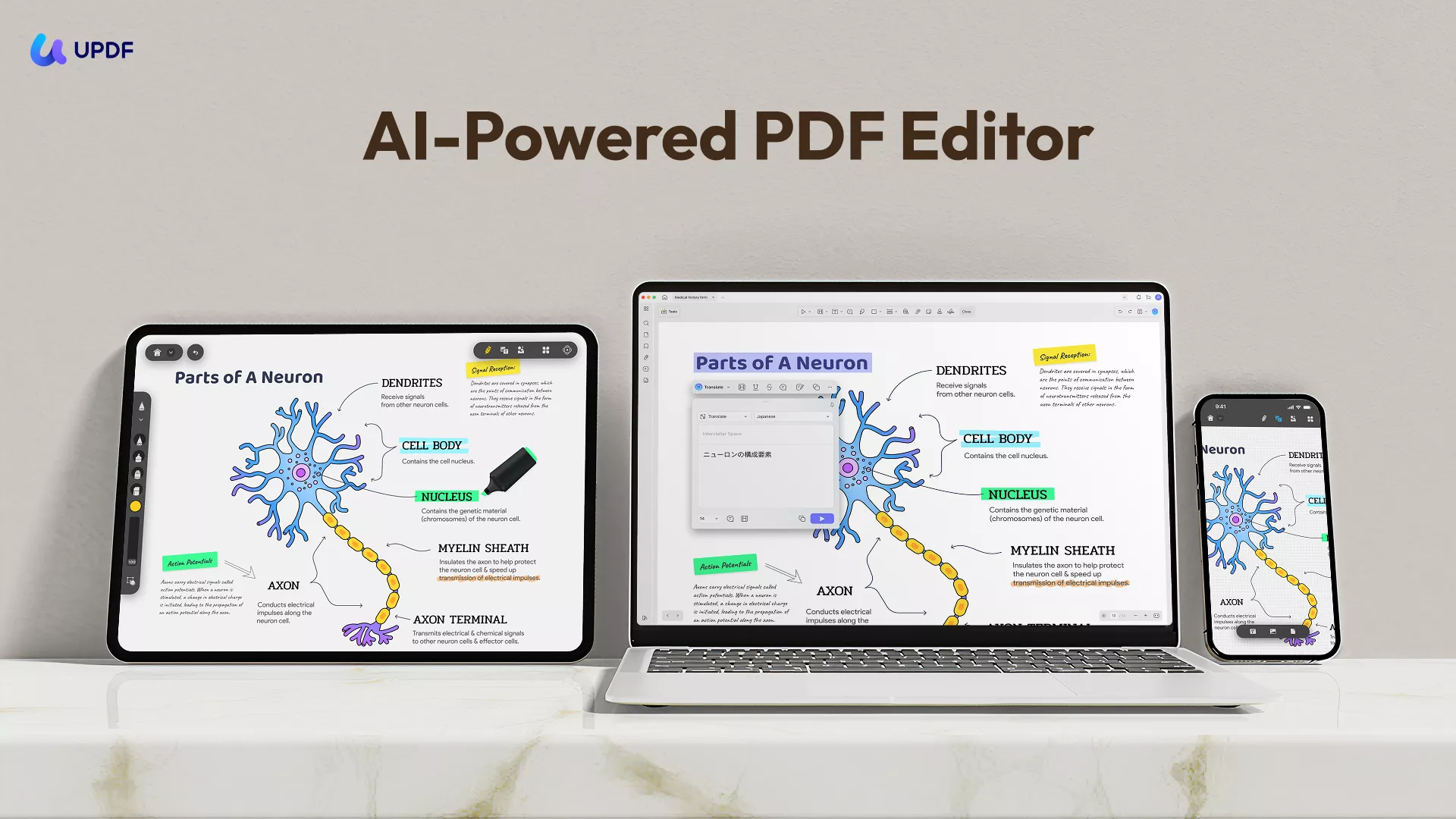
Overall, UPDF is your ultimate companion for handling PDF needs. So, it's time that you also streamline your activities related to PDF with UPDF.
Start with UPDF's free trial, or go to its pricing page to choose the plan that best suits you.
Windows • macOS • iOS • Android 100% secure
Part 4. FAQs About Rasterizing PDF
Q1. What is rasterize in PDF?
Rasterizing a PDF is the process of converting a PDF from a vector-based format, which involves texts, images, vector graphics, and fonts, into a pixel-based image format. Simply put, it turns every PDF page into a flat page and makes them non-editable.
Q2. How do I vectorize a PDF?
Python is the most advanced programming language that allows you to automate various tasks. For those who use Python frequently, you may want to know how to edit PDF using Python. Whether you need to update text or extract content from PDF, Python is the best tool.
Q3. How to tell if a PDF is raster or vector?
There are multiple ways to tell if a PDF is raster or vector, as follows:
1. If the image or text in the PDF gets blurry when zoomed, it is a raster PDF.
2. If you are unable to highlight the text in the PDF, it is a raster PDF.
3. If you are able to use the search function to find specific text within the PDF, it is a vector PDF.
Conclusion
Rasterizing a PDF is useful to turn a vector-based PDF into a more compatible and non-editable format. Above, we have discussed multiple methods and tools you can use to rasterize a PDF easily. Out of all of them, UPDF seems the best choice.
UPDF not only dominates for its intuitive interface and multiple rasterization options, but it is also more cost-friendly than Adobe rasterize PDF options. Therefore, the wrap-up of this guide is to download UPDF and follow one of the above ways to rasterize your PDFs.
 UPDF
UPDF
 UPDF for Windows
UPDF for Windows UPDF for Mac
UPDF for Mac UPDF for iPhone/iPad
UPDF for iPhone/iPad UPDF for Android
UPDF for Android UPDF AI Online
UPDF AI Online UPDF Sign
UPDF Sign Edit PDF
Edit PDF Annotate PDF
Annotate PDF Create PDF
Create PDF PDF Form
PDF Form Edit links
Edit links Convert PDF
Convert PDF OCR
OCR PDF to Word
PDF to Word PDF to Image
PDF to Image PDF to Excel
PDF to Excel Organize PDF
Organize PDF Merge PDF
Merge PDF Split PDF
Split PDF Crop PDF
Crop PDF Rotate PDF
Rotate PDF Protect PDF
Protect PDF Sign PDF
Sign PDF Redact PDF
Redact PDF Sanitize PDF
Sanitize PDF Remove Security
Remove Security Read PDF
Read PDF UPDF Cloud
UPDF Cloud Compress PDF
Compress PDF Print PDF
Print PDF Batch Process
Batch Process About UPDF AI
About UPDF AI UPDF AI Solutions
UPDF AI Solutions AI User Guide
AI User Guide FAQ about UPDF AI
FAQ about UPDF AI Summarize PDF
Summarize PDF Translate PDF
Translate PDF Chat with PDF
Chat with PDF Chat with AI
Chat with AI Chat with image
Chat with image PDF to Mind Map
PDF to Mind Map Explain PDF
Explain PDF Scholar Research
Scholar Research Paper Search
Paper Search AI Proofreader
AI Proofreader AI Writer
AI Writer AI Homework Helper
AI Homework Helper AI Quiz Generator
AI Quiz Generator AI Math Solver
AI Math Solver PDF to Word
PDF to Word PDF to Excel
PDF to Excel PDF to PowerPoint
PDF to PowerPoint User Guide
User Guide UPDF Tricks
UPDF Tricks FAQs
FAQs UPDF Reviews
UPDF Reviews Download Center
Download Center Blog
Blog Newsroom
Newsroom Tech Spec
Tech Spec Updates
Updates UPDF vs. Adobe Acrobat
UPDF vs. Adobe Acrobat UPDF vs. Foxit
UPDF vs. Foxit UPDF vs. PDF Expert
UPDF vs. PDF Expert



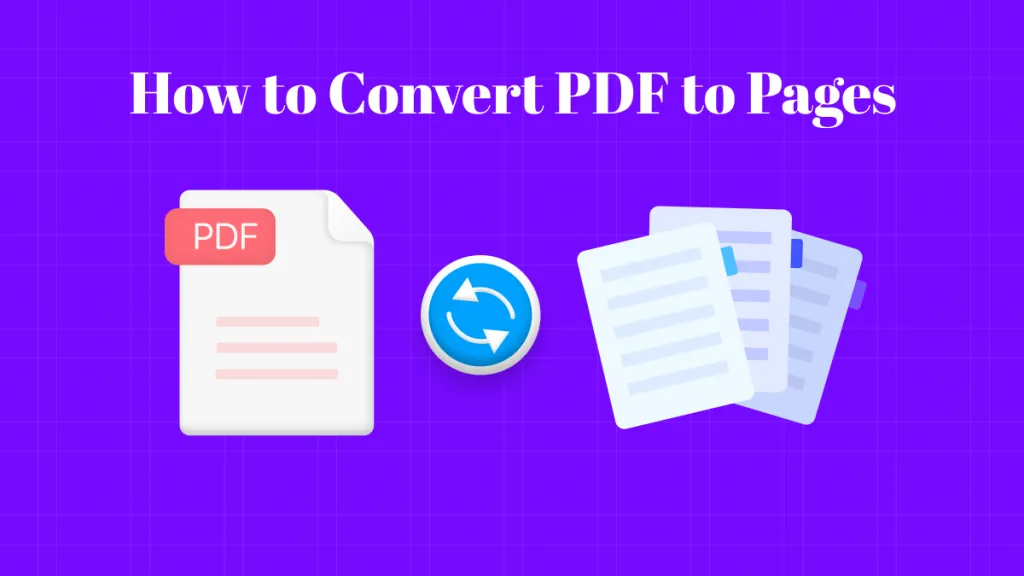
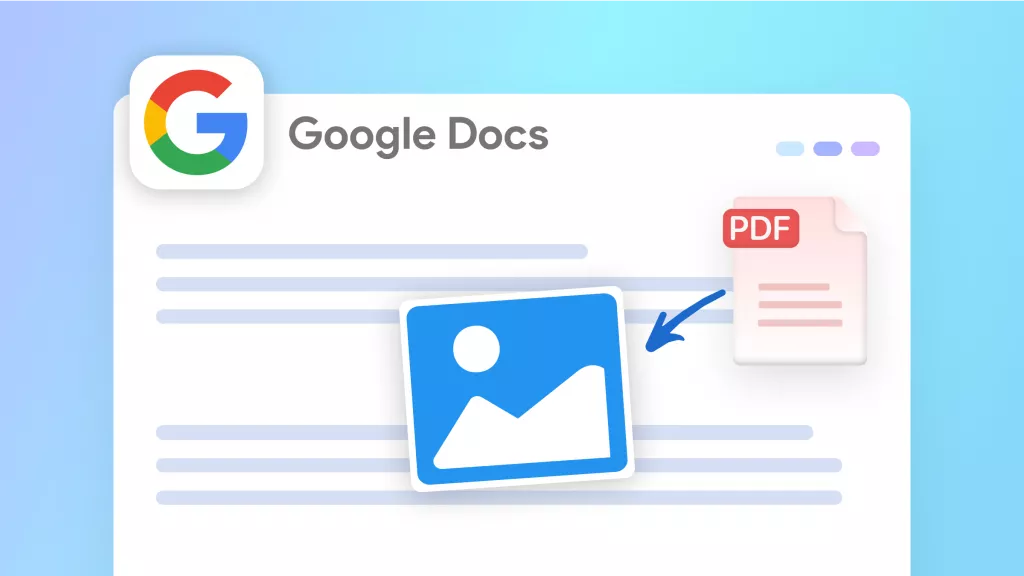
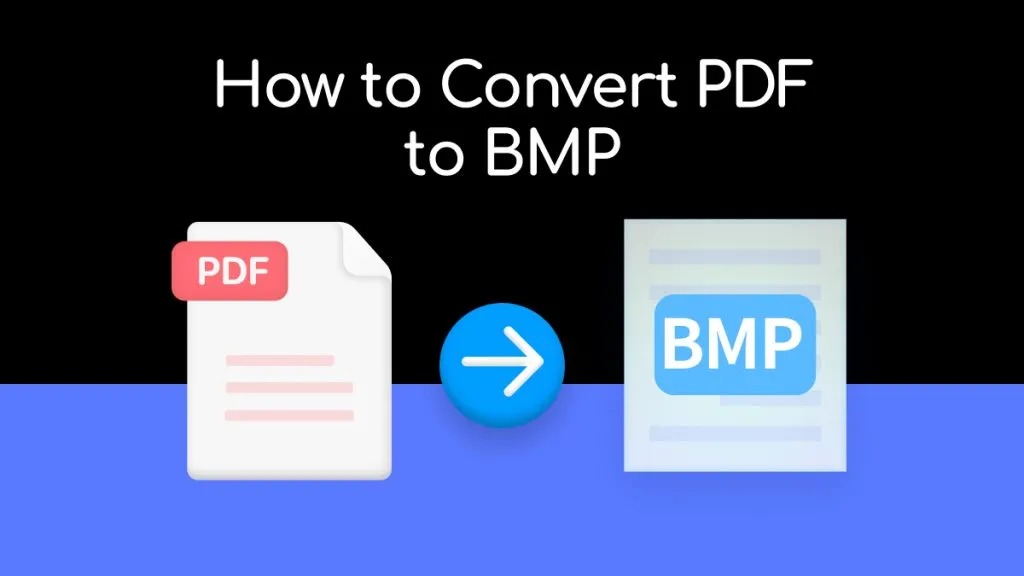
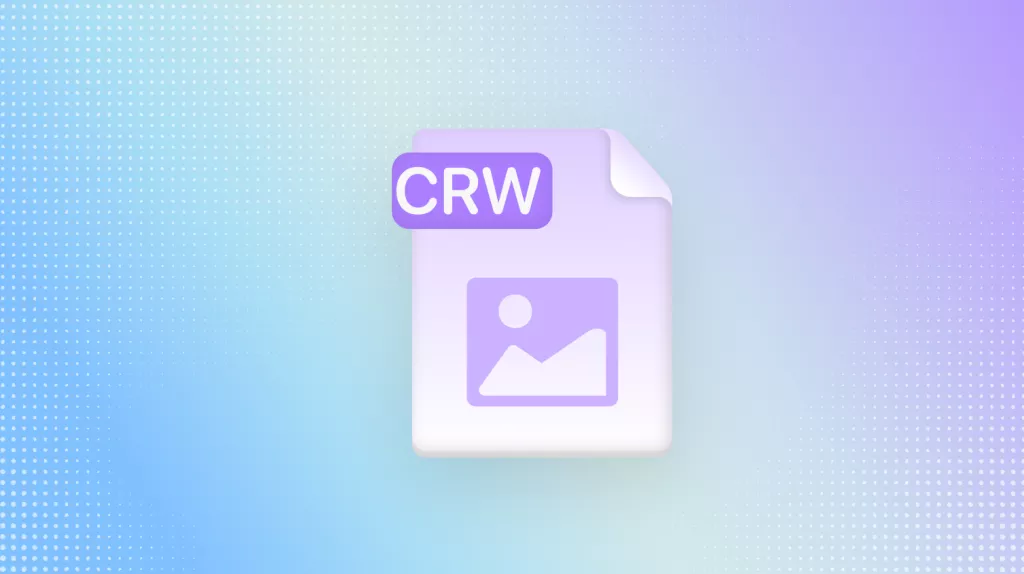

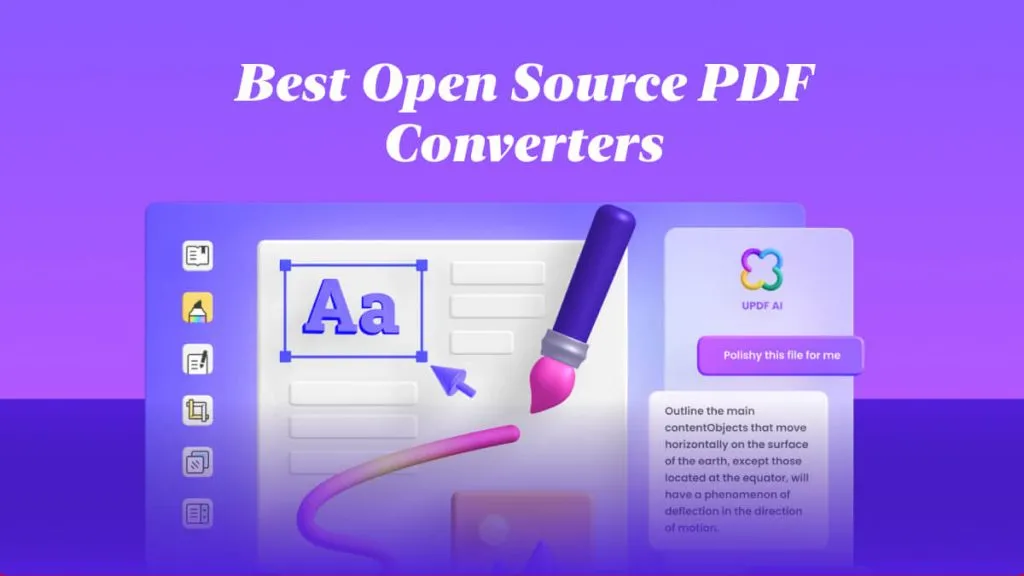
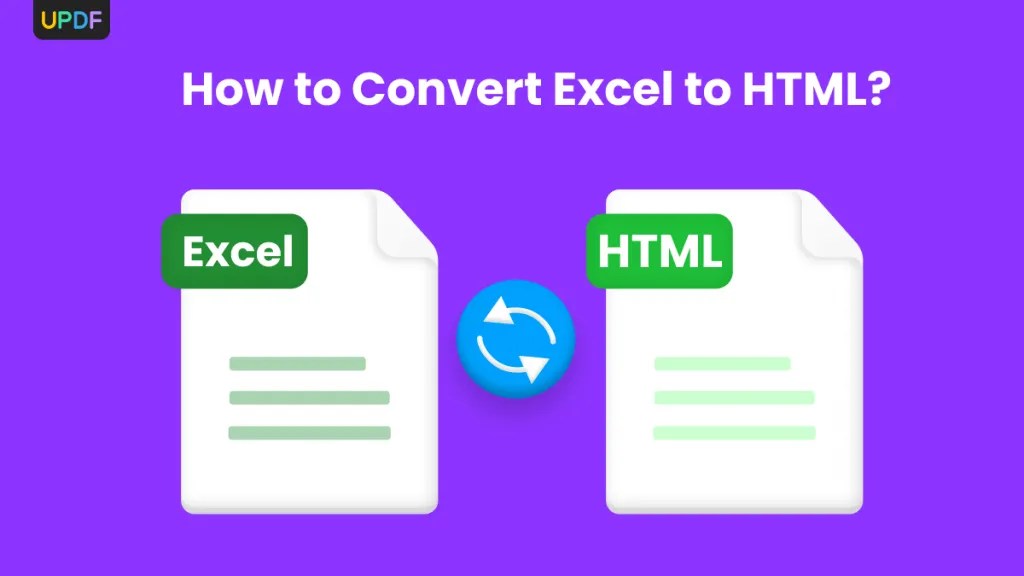
 Enid Brown
Enid Brown 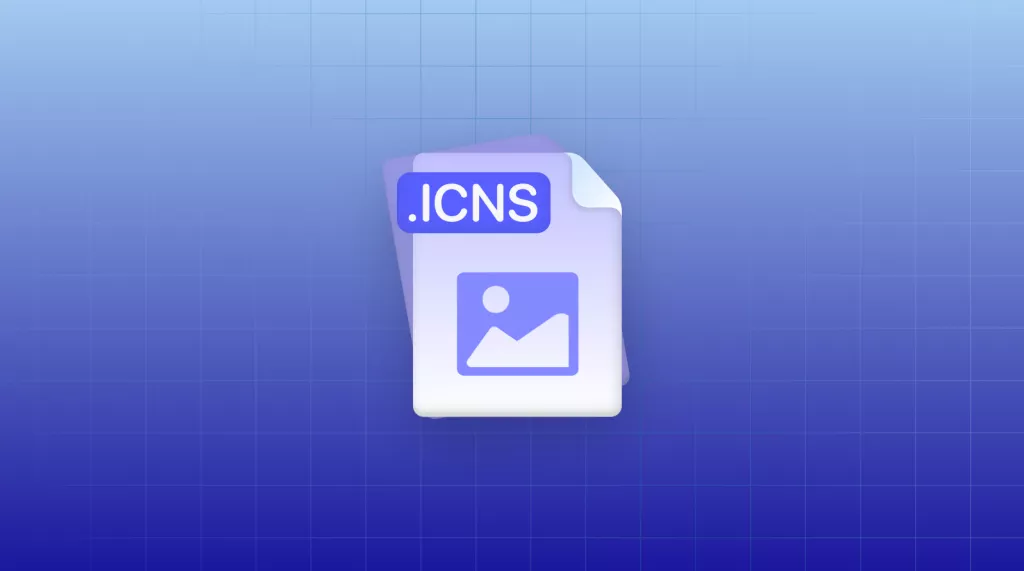
 Enola Davis
Enola Davis 
 Enya Moore
Enya Moore